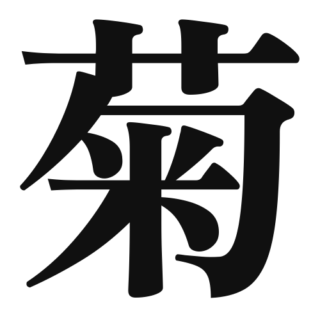 N1
N1 菊
1. Overview of MeaningThe kanji "菊" (kiku) means "chrysanthemum," a flower that holds significant cultural importance in...
 N1
N1 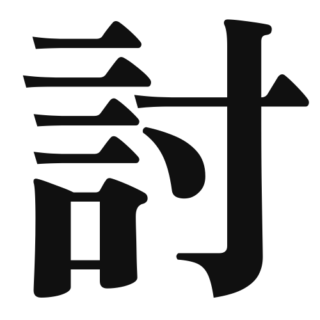 N1
N1 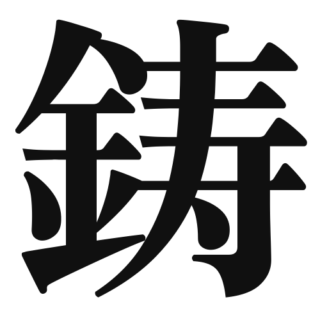 N1
N1 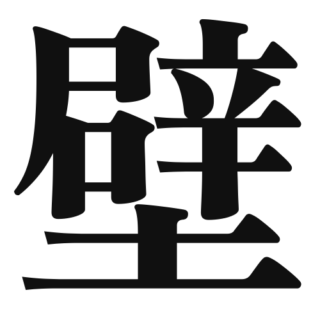 N1
N1 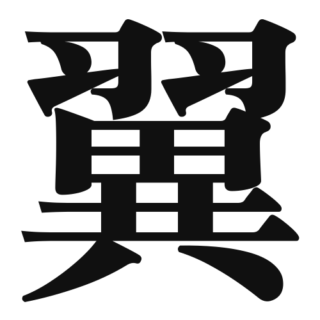 N1
N1 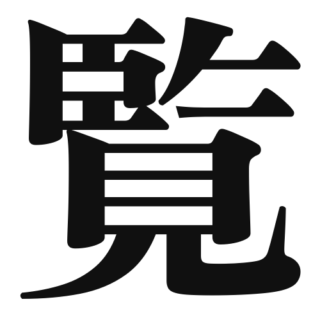 N1
N1  N1
N1 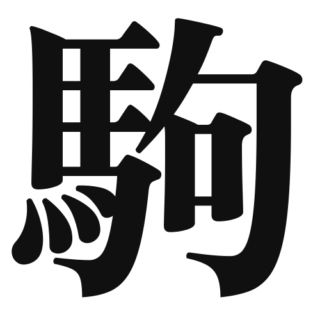 N1
N1  N1
N1 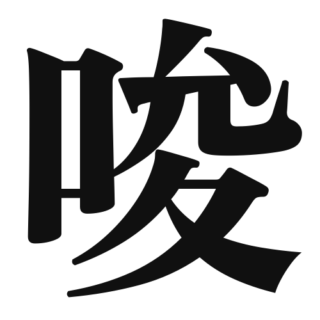 N1
N1